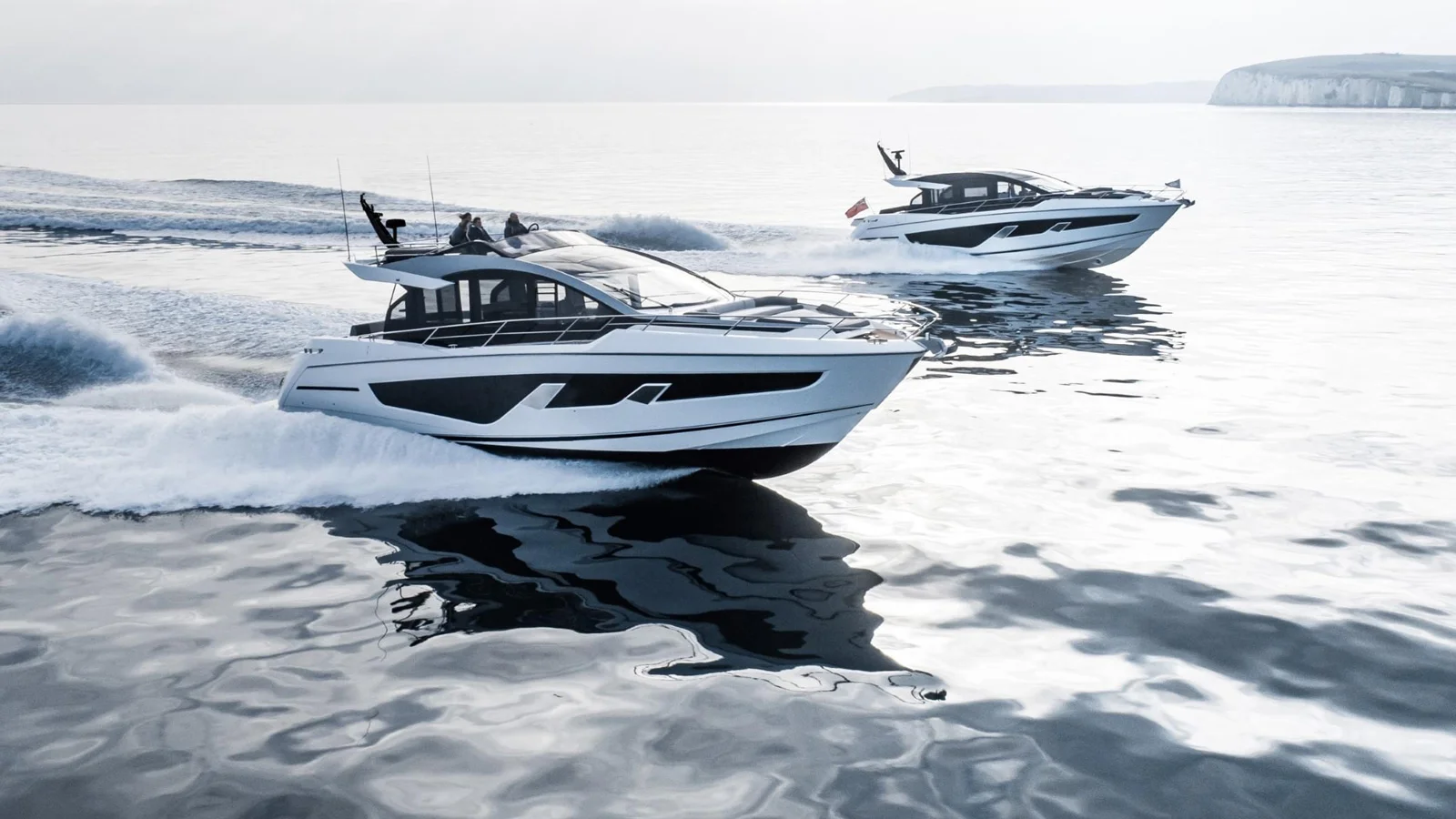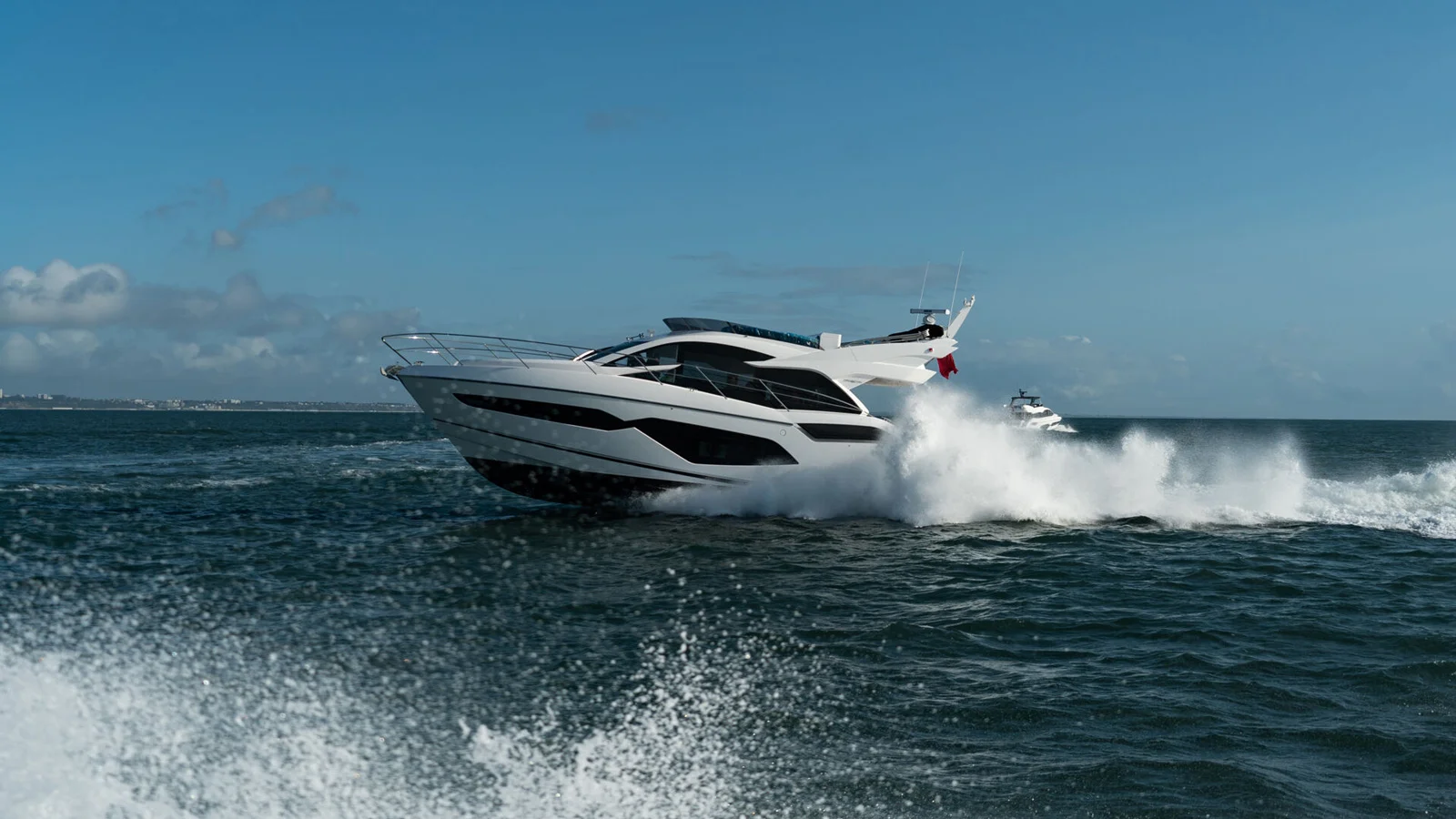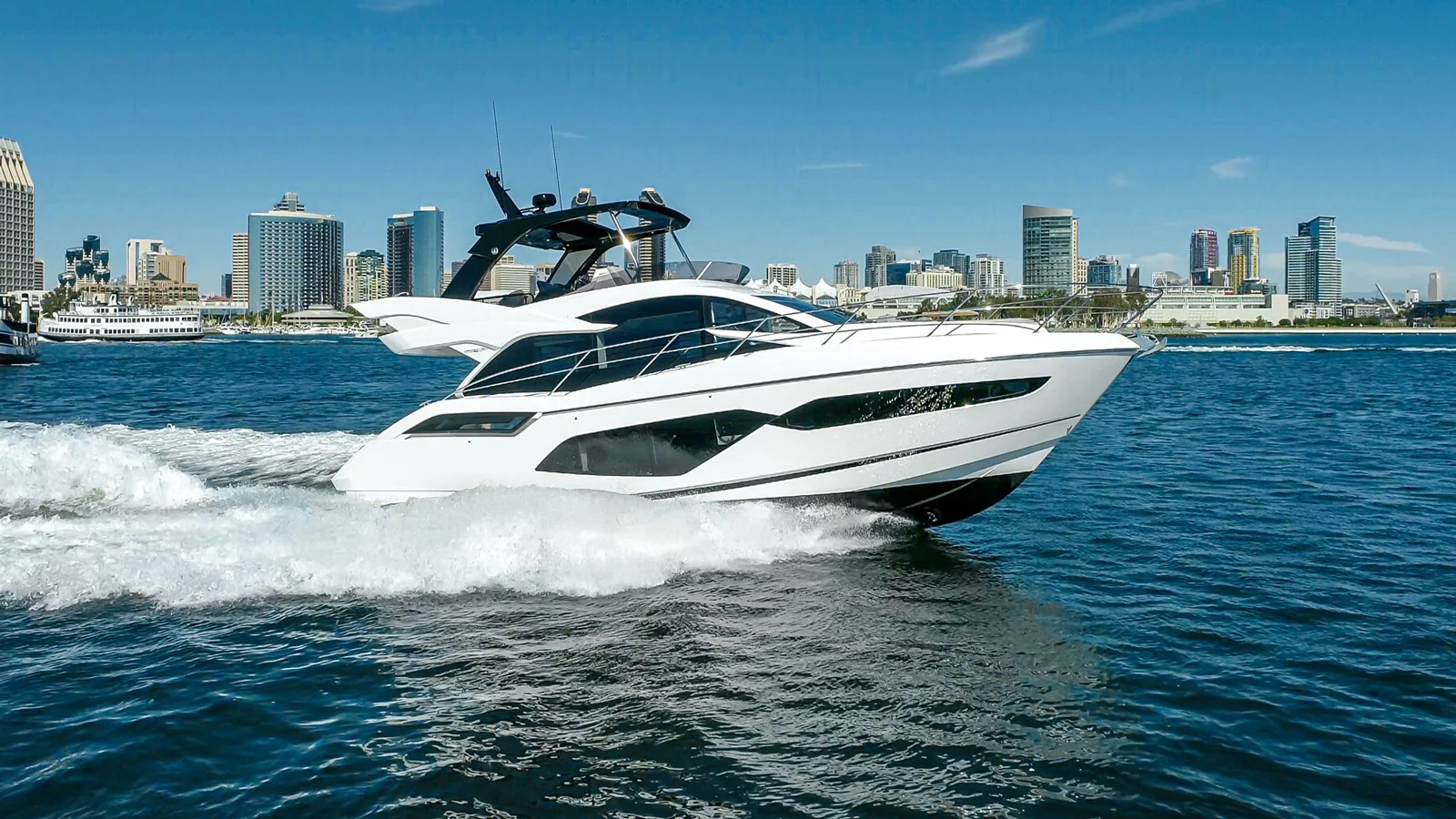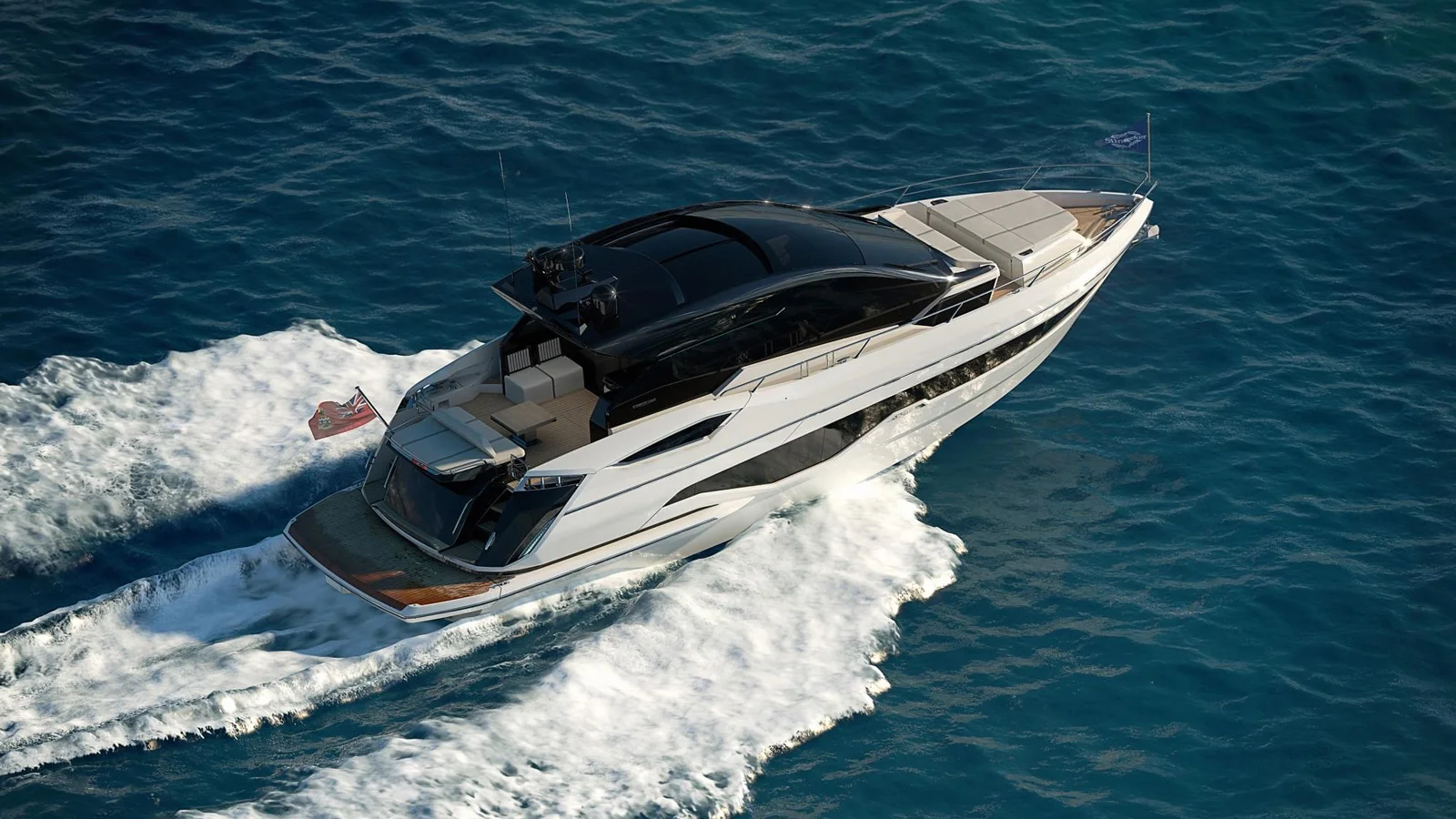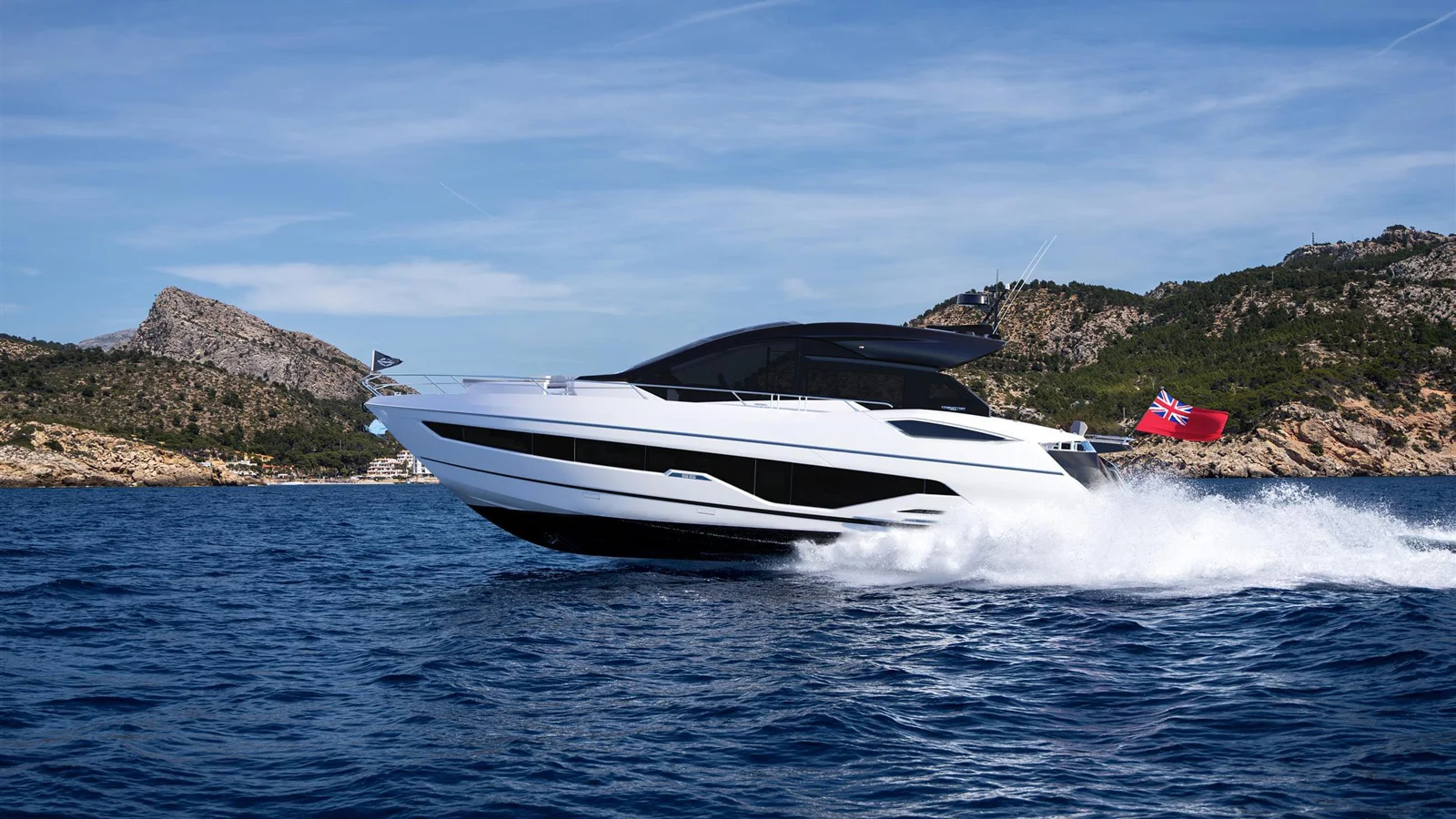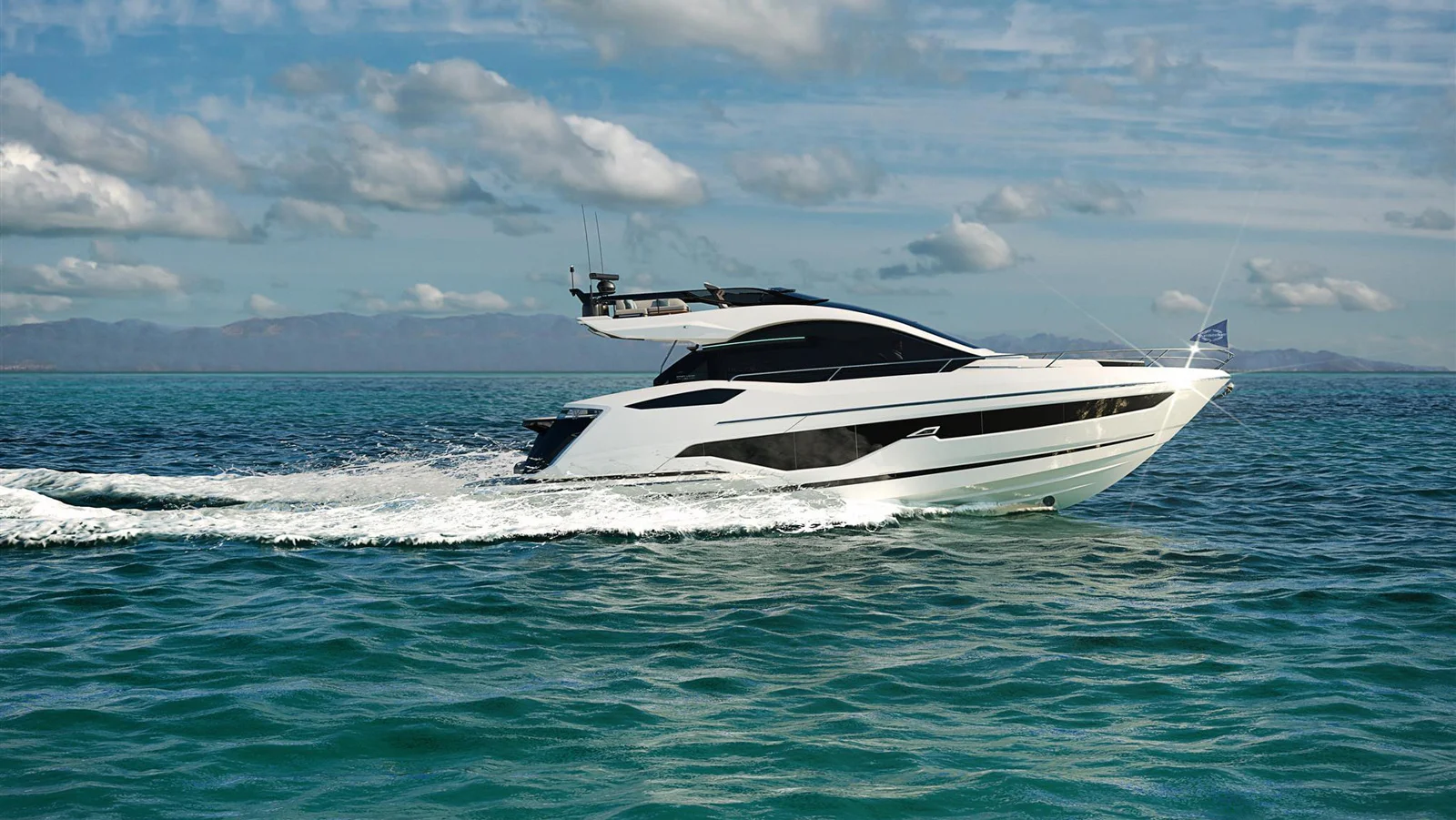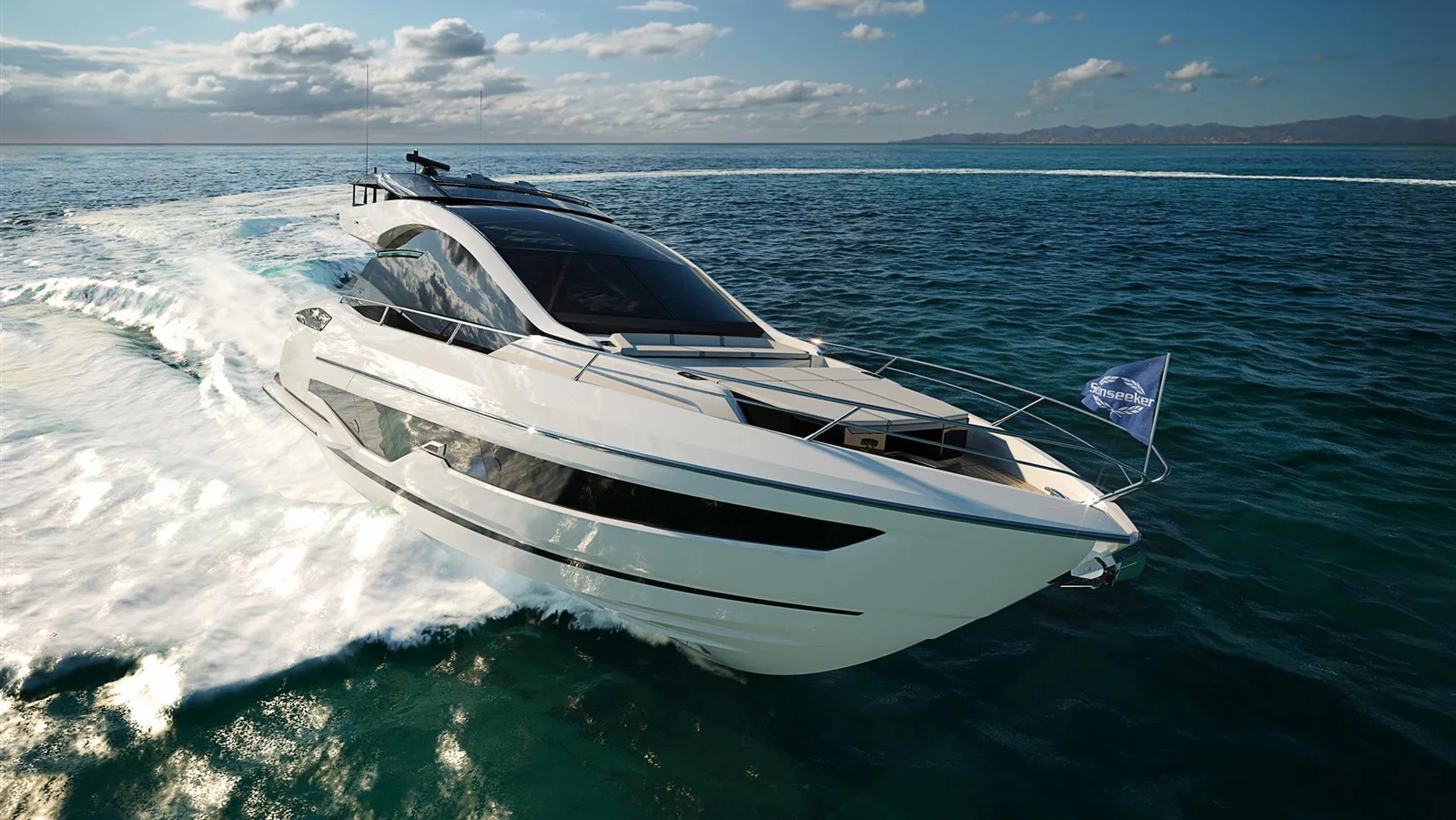Choosing a yacht: hardtop or flybridge?
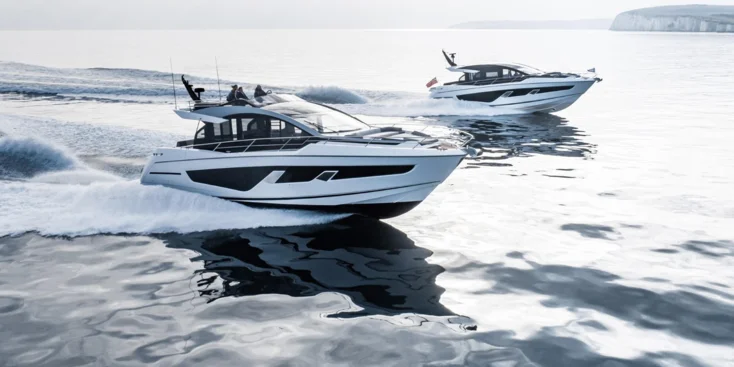
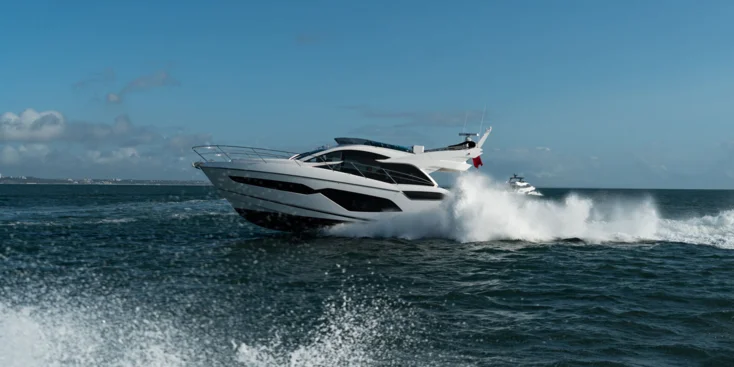
Everybody likes flybridges. Most yacht owners, particularly those who take their first steps in yachting, tend to buy flybridge models
As a consequence, they become most popular at the shipyards that produce various types of boats. But why are the shipyards in no hurry to give up making hardtops then?
Extra space
The key advantage of flybridge yachts that is most often the reason to buy them is extra space: the open top level with a helm station. Many people like operating a boat from the top and spending time with their friends up there: the view is great, there’s the sun, the wind blowing in your hair, the screams of seagulls… In reality, it is often not quite so. Climbing up to the flybridge just like going upstairs in a house might be a problem for the elderly or overweight, and you may quickly get bored with going up and down to get some food and drinks when the company is big.
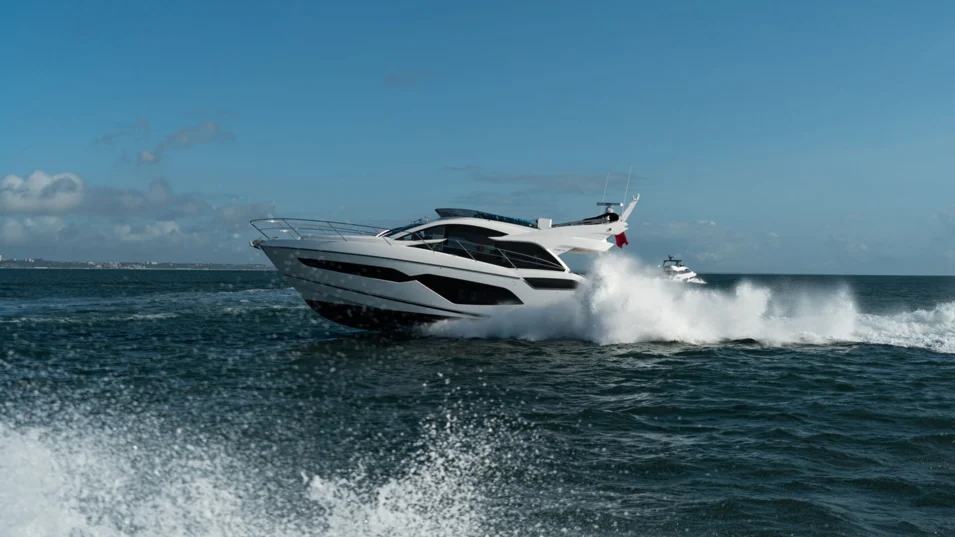
That is why normally the owner either doesn’t often go up or stays up on the flybridge alone with the sun and the sea, while the guests are down in the air-conditioned saloon or on the sunbeds in the cockpit. A couple of hours under the blazing sun, and being up there does not seem so attractive anymore, let alone the cold and rainy weather, when you’d better forget about the flybridge: neither bimini nor hard tops can help.
Appearance
In general, flybridge motor yachts look worse than their hardtop sisters. The massive superstructure turns the elegant ‘sport cars’ into a kind of tourist double-deckers. Designers often find it possible to minimize the damage to the exterior with the help of stylish hardtops and all kinds of other tricks, but still a 15-20 m flybridge that looks beautiful and organic is more of a rarity. The ‘top’ of the ugliest yachts rating are flybridge models with retractable canvas bimini tops.
Sport flybridges also known as ‘sportbridges’ are a kind of compromise. They do not deprive the owners of the upper ‘floor’, but they offer it in a slightly ‘trimmed’ version, which does minimal harm to the profile.
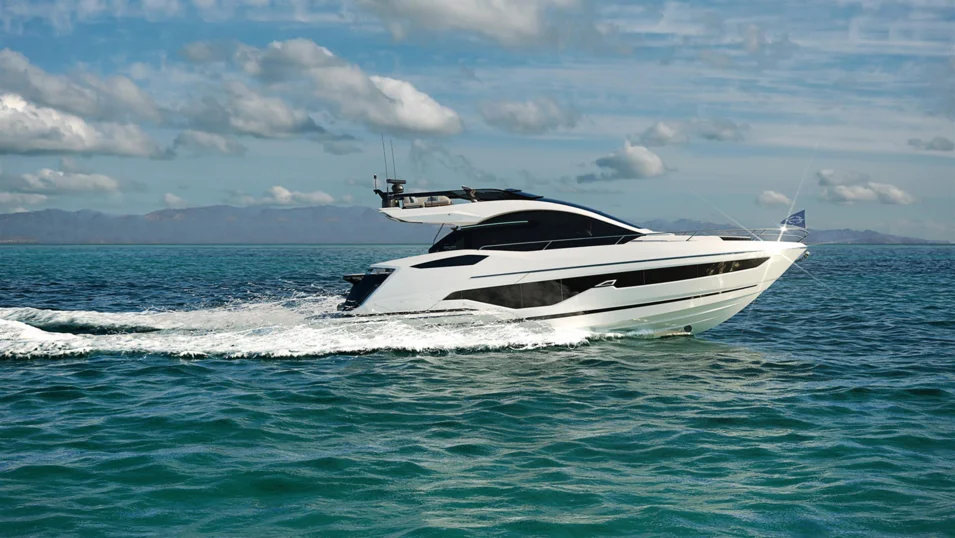
Performance and maneuverability
Hardtop models are the undisputed winners in this category, as their weight is less and the aerodynamics is better. The maximum speed of a hardtop yacht is 2-3 or even more knots higher than that of a flybridge built on the basis of a similar hull and equipped with the same engines. The thrill of control, the emotions at the helm and the boat feel itself – all of these is more about hardtop models. The upper helm station does have its charm, too, but modern hardtop yachts are equipped with a retractable top, which allows one to experience absolutely the same emotions on the main deck. Do you want more wind, sun and sea dust? Here you go.
Price
Depending on the manufacturer flybridge yachts cost 15-30% more than hardtops of the same length and with similar equipment. Apart from the higher cost of the superstructure itself, the upper helm station and the furniture, the costs also increase because of extra equipment (which is often optional), for example, a hard or a bimini top and appliances like refrigerators, ice-makers, grilles, etc.
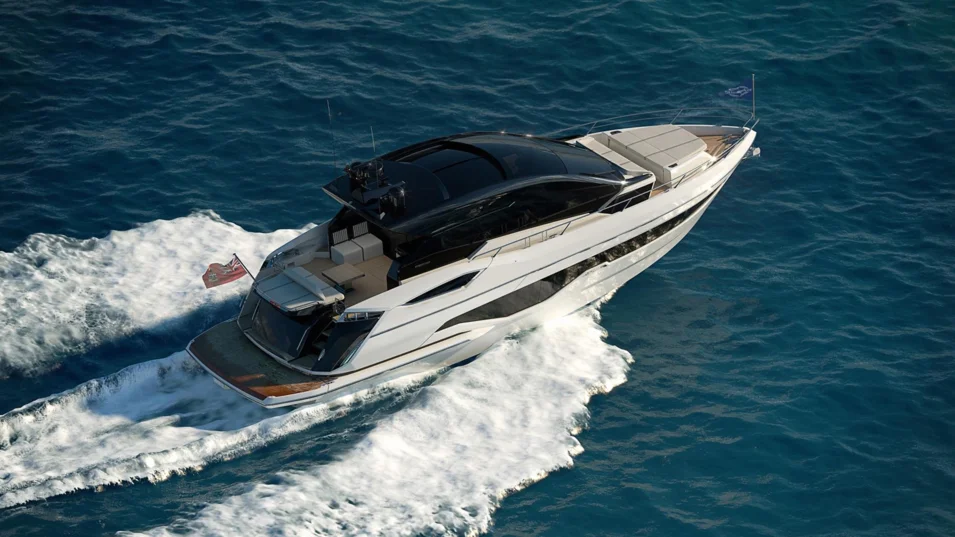
Age
Flybridge yachts are believed to be more often selected by family people, while hardtops seem to appeal to the young and free more. However, it is the elderly people who complain more about flybridges, as they find it hard, inconvenient or just feel reluctant to climb up and down rather steep and not always comfortable stairs. The young audience quite often think that the appearance and the speed of the yacht matter more than extra space. The exception being those who are looking for a boat to spend time in a large company of friends.
Climate
Flybridge yachts are good for warm climate and a lot of sunny days. In bad weather the upper level is abandoned at once, and there aren’t many crazy people who want to be there when the air temperature is low like in early spring or late autumn. When it is too hot and the yacht is not moving, particularly if the flybridge is not equipped with a hard of canvas top, it might get uncomfortable there, too. Thus, when the weather is not very good, a flybridge yacht turns into a hardtop, as it is the saloon or the aft cockpit on the main deck that are used most.
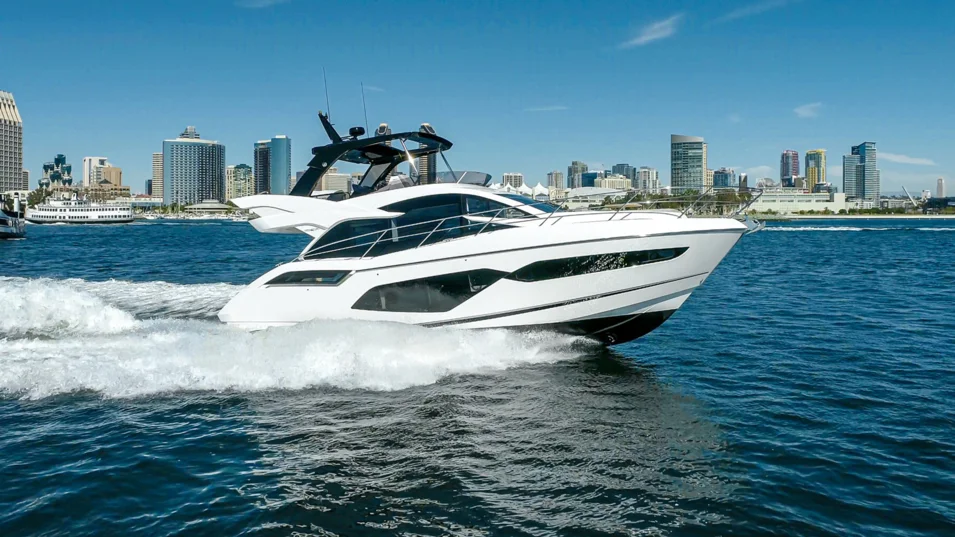
Service
Owning and servicing a flybridge yacht costs more, because of the larger space and the peculiarities of architecture. Due to its weight and aerodynamics, it consumes more fuel, while polishing the hull and the superstructure or simply cleaning them will take more time and increase in price. The open flybridge gets dirty and burns out in the sun when anchored. To avoid this one will have to spend time on covering and uncovering the furniture upstairs all the time.
